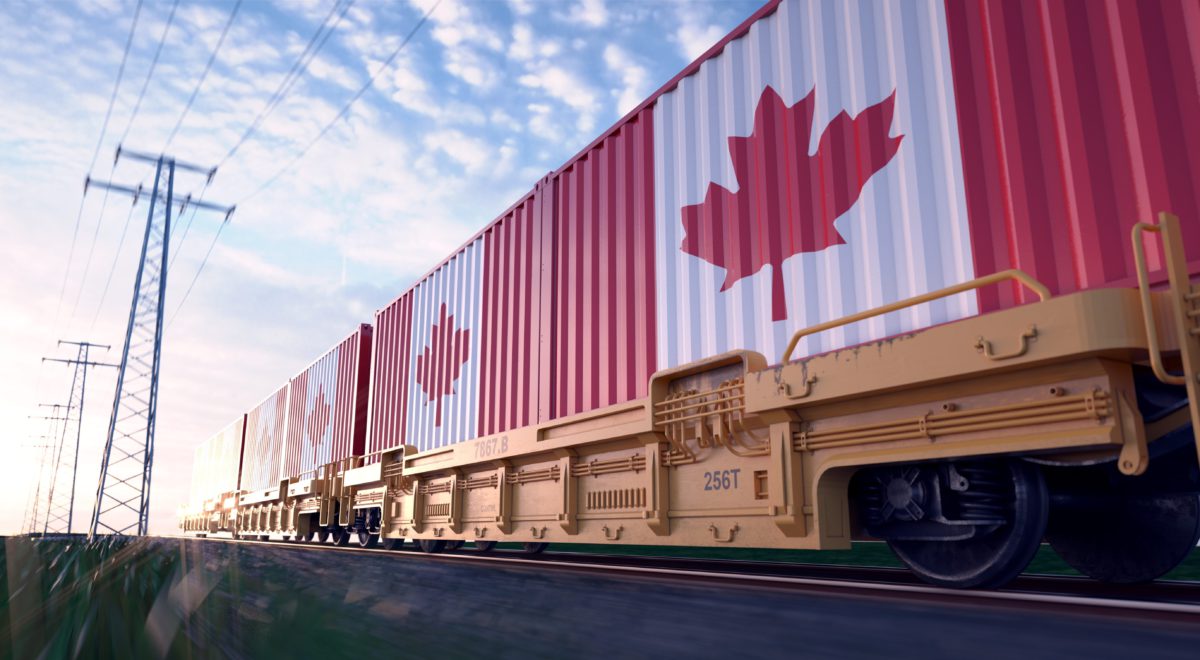Canada's Path to Global Leadership in Green Iron Production
Key Ideas
- Canada has the potential to lead in green iron production, valued at up to C$25 billion annually and creating 14,000 new jobs.
- Advances in hydrogen-based direct reduction technologies and climate commitments are driving the shift towards low-emission steelmaking.
- Québec and Labrador are identified as ideal regions for transitioning to green iron production due to their renewable energy resources and existing infrastructure.
- Transitioning to value-added green iron exports could significantly reduce global steel emissions, presenting a critical opportunity for Canada.
A new report authored by Dr. Chris Bataille and Jonas Algers highlights Canada's opportunity to become a global leader in green iron production, potentially generating up to C$25 billion annually and creating 14,000 jobs. The report outlines the shift in the iron and steel industry towards decarbonization, driven by advancements in hydrogen-based direct reduction technologies and increasing pressure from climate commitments. Canada's goal of reaching net-zero emissions by 2050 aligns with this transition. The report emphasizes the potential for Canada, a major iron exporter, to shift towards value-added green Hot Briquetted Iron (HBI), especially leveraging renewable energy sources in regions like Québec and Labrador where low-emissions hydro power is abundant. Existing infrastructure, such as rail tracks and ports, in these regions could support the rapid transition to green iron production and establish Canada as a reliable supplier. By moving quickly to adopt direct reduction of iron using hydrogen and renewables, Canada could significantly reduce global steel emissions. The report underscores the importance of seizing this opportunity to reimagine Canada's role in the global market and lead the way in sustainable iron production.
Topics
Blue Hydrogen
Energy Transition
Green Technology
Job Creation
Economic Growth
Iron Production
Climate Commitment
Latest News
